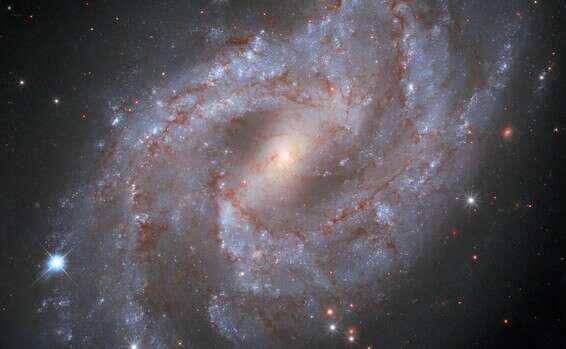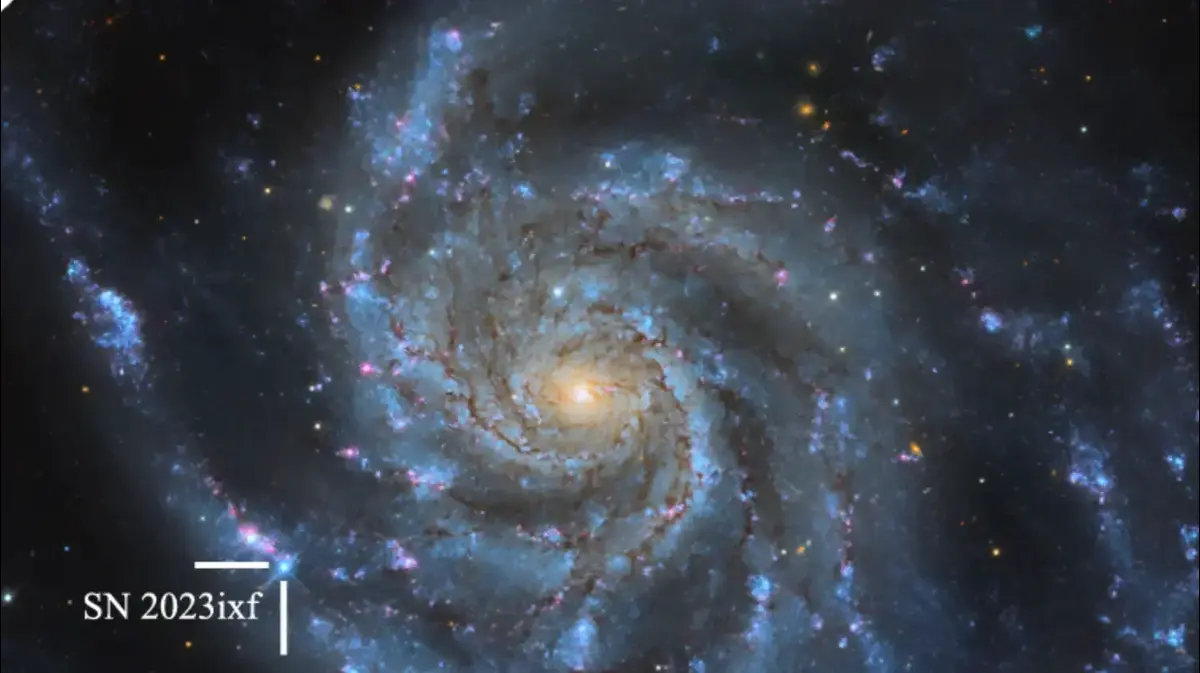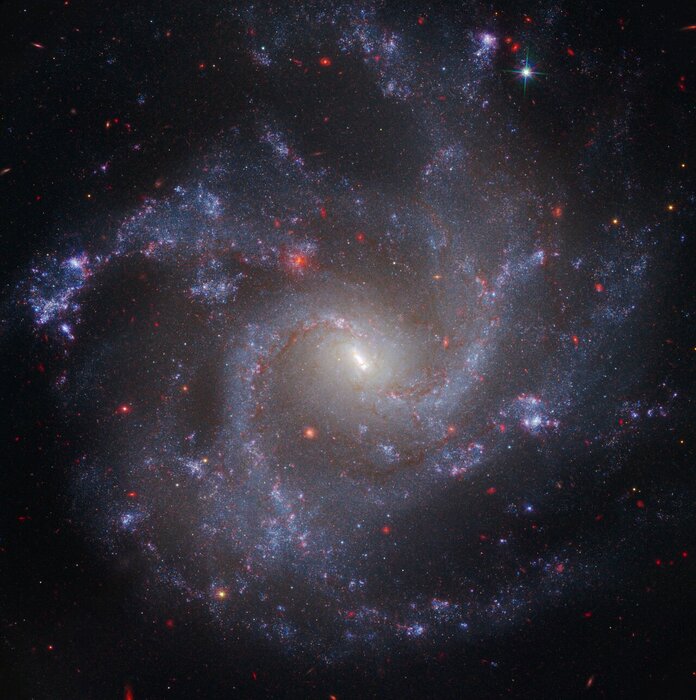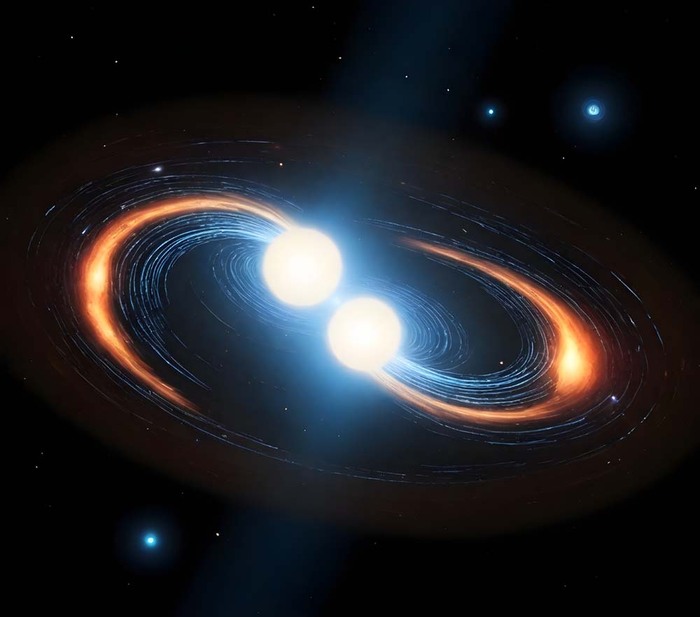70 million light-years away from Earth: NASA has released documentation showing a massive explosion of a star - 5 billion times the intensity of our sunlight
Photo: NASA, ESA, and A. Riess (STScI / JHU) and the SH0ES team
The Hubble Space Telescope has been observing the depths of the universe for about three decades and to this day it has provided us with countless amazing images.
Over the weekend, the US space agency NASA announced that the telescope was able to videotape a supernova - a massive explosion of a massive star as a result of the charge generated by nuclear fusion - in the spiral galaxy known as NGC 2525.
The telescope first spotted the supernova in February 2018, which was named SN 2018gv, shortly after astronomer Koichi Itgaki first discovered it.
So basically for a year due to mourning after the explosion - until a complete layer.
To understand the intensity of the energy emitted, NASA notes that the explosion was 5 billion times as intense as the sunlight changed.
The exploding star is an LA (white dwarf) located 70 million light-years from Earth.
The documented supernova is of great importance in that it is a special case where scientists know in advance how much light will be generated during the explosion.
The knowledge of the amount of light that will be discovered allows scientists to calculate the distance from the Earth of the galaxy where the explosion took place, and even calculate its size.
White dwarf - the last stage in a star's life cycle
As mentioned, the giant explosions, known as supernovae, usually occur when a huge, glowing star reaches the end of its life as a result of a load created by nuclear fusion.
At this point the substances in the star collapse due to its gravity inwards and an extreme heating process is created which causes its outer shell to be thrown into space for huge distances while flashing a tremendous light explosion.
The other material left in the core of the star becomes a star or a black hole.
However, not all stars are large and massive enough to cause such a huge explosion.
In the case of Supernova LA the process is created when a white dwarf sun absorbs material from a nearby planet or when two white dwarfs collide.
This common mass exceeds the critical threshold for a supernova (about 1.44 solar masses).
Following this, the star collapses as a result of its own gravity.
Its gravitational energy becomes a huge heat and nuclear reactions begin inside it.
But due to its small mass (and therefore little gravitational energy), they have no regulation and the star explodes.
During the explosion a stream of neutrinos is emitted and new elements formed in the nuclear fusion process are dispersed in space.
The importance of supernovae of this type is that they always have a uniform mass, they can be used as standard candles with uniform brightness as they explode, hence their great importance in studying the distances and velocities in the early universe.













